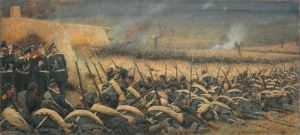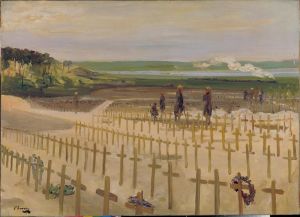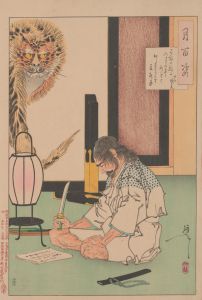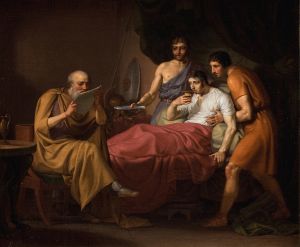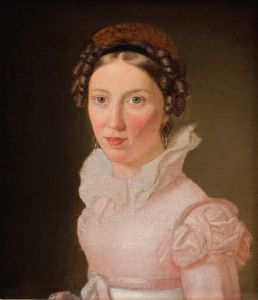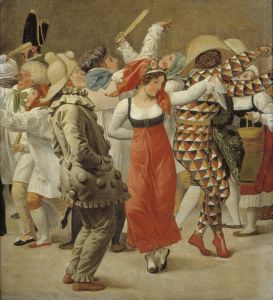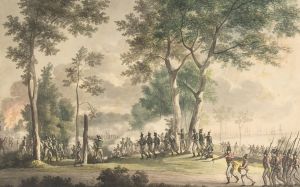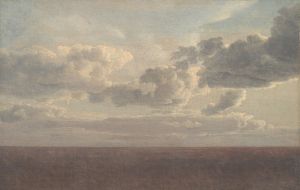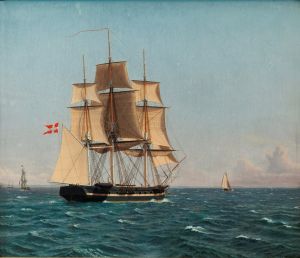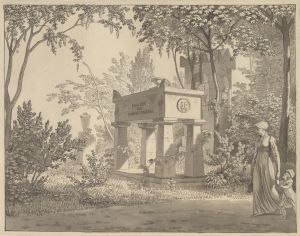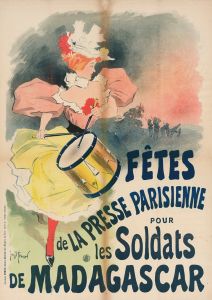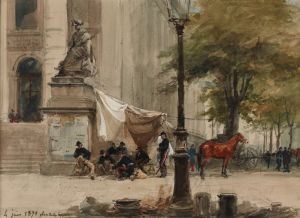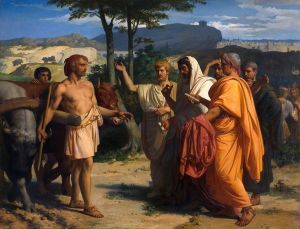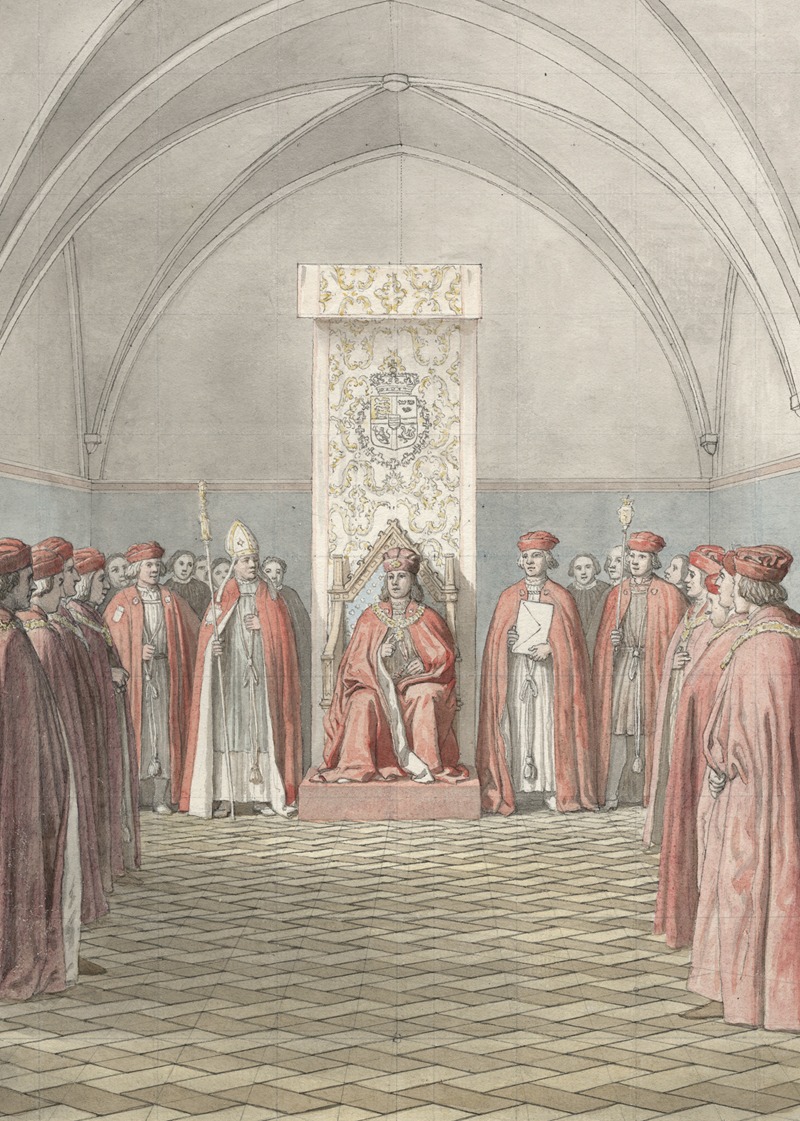
Elefantordenens Indstiftelse
A hand-painted replica of Christoffer Wilhelm Eckersberg’s masterpiece Elefantordenens Indstiftelse, meticulously crafted by professional artists to capture the true essence of the original. Each piece is created with museum-quality canvas and rare mineral pigments, carefully painted by experienced artists with delicate brushstrokes and rich, layered colors to perfectly recreate the texture of the original artwork. Unlike machine-printed reproductions, this hand-painted version brings the painting to life, infused with the artist’s emotions and skill in every stroke. Whether for personal collection or home decoration, it instantly elevates the artistic atmosphere of any space.
Christoffer Wilhelm Eckersberg, often referred to as the "father of Danish painting," was a prominent figure in the Danish Golden Age of painting. His work, "Elefantordenens Indstiftelse," is a notable piece that reflects his mastery in historical and genre painting. Eckersberg was born in 1783 in Blåkrog, Denmark, and he played a crucial role in shaping the Danish art scene during the 19th century. He was a professor at the Royal Danish Academy of Fine Arts and influenced many students who later became significant artists in their own right.
"Elefantordenens Indstiftelse," translated as "The Establishment of the Order of the Elephant," is one of Eckersberg's historical paintings. The Order of the Elephant is the highest order of chivalry in Denmark, and it has a rich history dating back to the 15th century. The order is awarded to royalty and heads of state, and it is known for its distinctive insignia featuring an elephant.
Eckersberg's painting captures the ceremonial and historical significance of the order's establishment. His attention to detail and ability to convey a sense of grandeur and solemnity are evident in the composition. The painting likely depicts a scene related to the founding or a significant event in the history of the Order of the Elephant, showcasing Eckersberg's skill in rendering historical subjects with accuracy and artistic flair.
Eckersberg was known for his precise and realistic style, which he developed through his studies and travels. He studied at the Royal Danish Academy of Fine Arts and later traveled to Paris and Rome, where he was influenced by the neoclassical style and the works of masters like Jacques-Louis David. These experiences enriched his technique and broadened his artistic perspective, allowing him to bring a refined sense of realism and composition to his works.
In "Elefantordenens Indstiftelse," Eckersberg's use of light and shadow, as well as his meticulous attention to architectural and costume details, demonstrate his commitment to authenticity and historical accuracy. His ability to capture the essence of a historical moment while maintaining artistic integrity is a hallmark of his work.
Throughout his career, Eckersberg contributed significantly to the development of Danish art. His teachings at the Royal Danish Academy of Fine Arts helped cultivate a new generation of artists, and his works continue to be celebrated for their technical excellence and historical significance. "Elefantordenens Indstiftelse" is a testament to his skill and his dedication to portraying historical themes with depth and precision.
Eckersberg's legacy is evident in the continued appreciation of his work and his influence on Danish art. His paintings, including "Elefantordenens Indstiftelse," are housed in various collections and museums, where they are studied and admired by art enthusiasts and historians alike. His contribution to the Danish Golden Age of painting remains a significant chapter in the history of European art.





